|
Evapotranspiration (ET) is the transfer of water in the form of water vapor from surfaces and through plants. ET values are impacted by many soil, plant, and management practices; however, climatic conditions, such as solar radiation, wind speed, temperature, and humidity are the primary drivers. The High Plains Regional Climate Center (HPRCC) measures ET at their AWDN stations located across Nebraska and the High Plains. These stations produce an alfalfa reference ET which is multiplied by the crop coefficient to get a crop water use. In the graphs below, I looked at the daily ET values and compared them to wind speed, solar radiation, relative humidity and high temperature from the Havelock AWDN station in Lincoln, NE from May 1, 2014 to September 1, 2014. This is a preliminary look and I will be compiling 30 year data to look at trends and statistics. Here is NebGuide G1994 from Suat Irmak for more information on ET.
The Climate Prediction Center released the One-Month and Three-Month Outlooks on January 15th with not much excitement for Nebraska. The long-term outlooks have remained fairly consistent with warm temperatures in the west and northwest and cooler temperatures in the southern plains. There is some confidence of having above normal precipitation in the southwest, which is an area of much needed precipitation.
For the short-term, the January thaw (although fairly weak) looks to continue for the next couple weeks with above normal temperatures remaining in the forecast. Although, folks in the northeast U.S. won't be seeing much of these warm temperatures. This is a typical winter-time pattern, which we saw a year ago, but Nebraska looks to remain just west of the cold air coming in from Canada....for now. It looks like a warm up will come this weekend and stick around for a week or so. Precipitation looks to be minimal for Nebraska, so it looks to be a pleasant week ahead. The chance for an El Nino this winter and spring is still at 65% and these conditions continue to be right on the edge of being considered and El Nino. There seems to be a lack of temperature or precipitation signal for Nebraska over the next couple months, so stay tuned.
|
AuthorI study weather and climate impacts on agriculture, climate variability, and using weather and climate information to make better agricultural decisions. Archives
November 2017
|
| Ag Climate Nebraska |
|
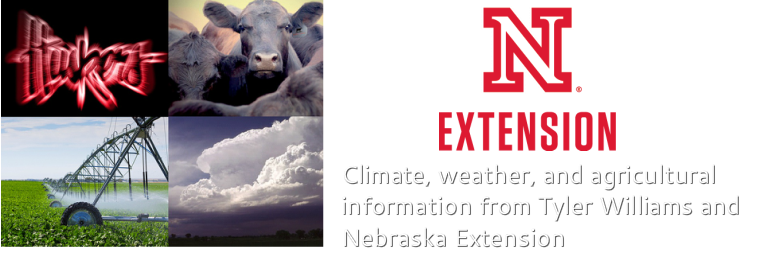
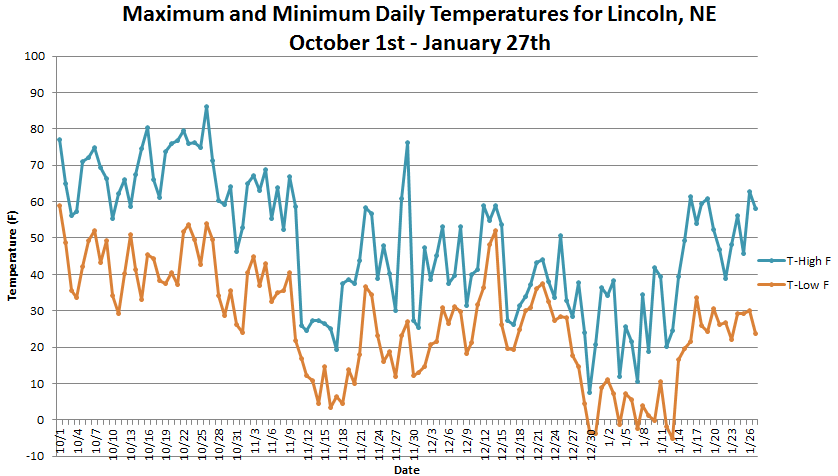
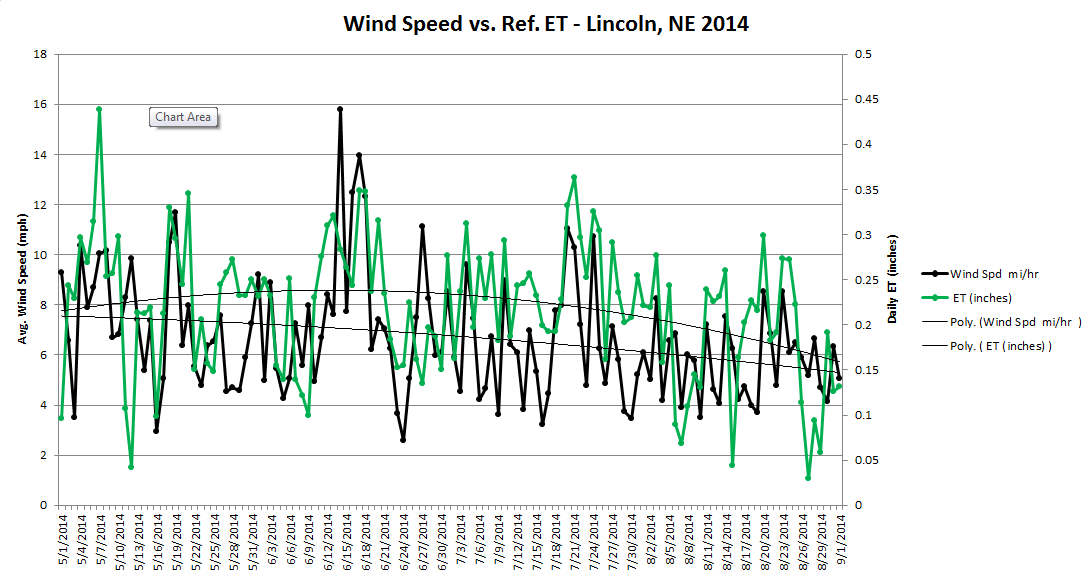
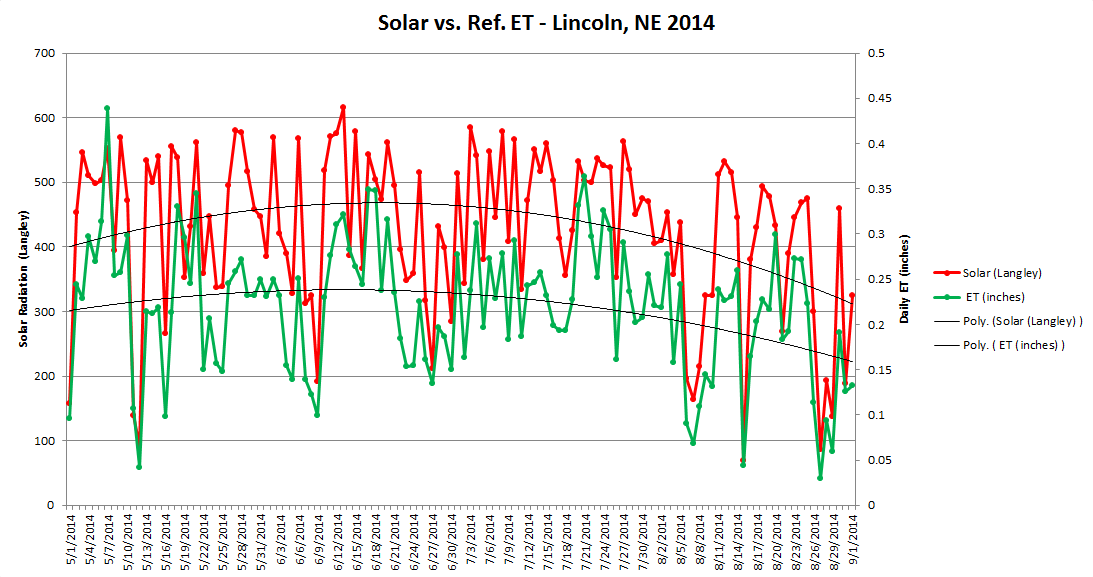
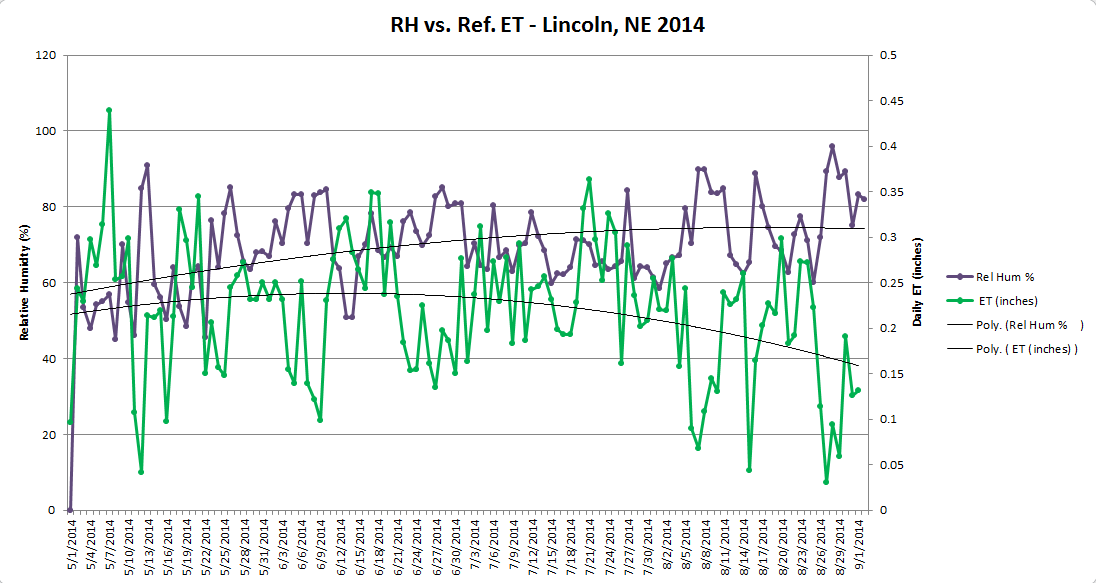
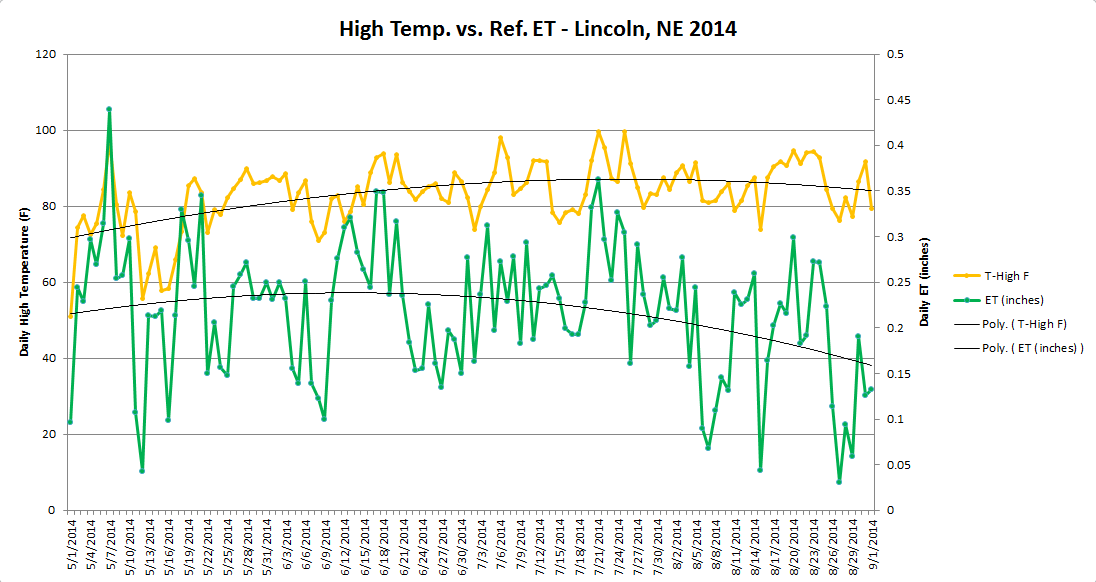
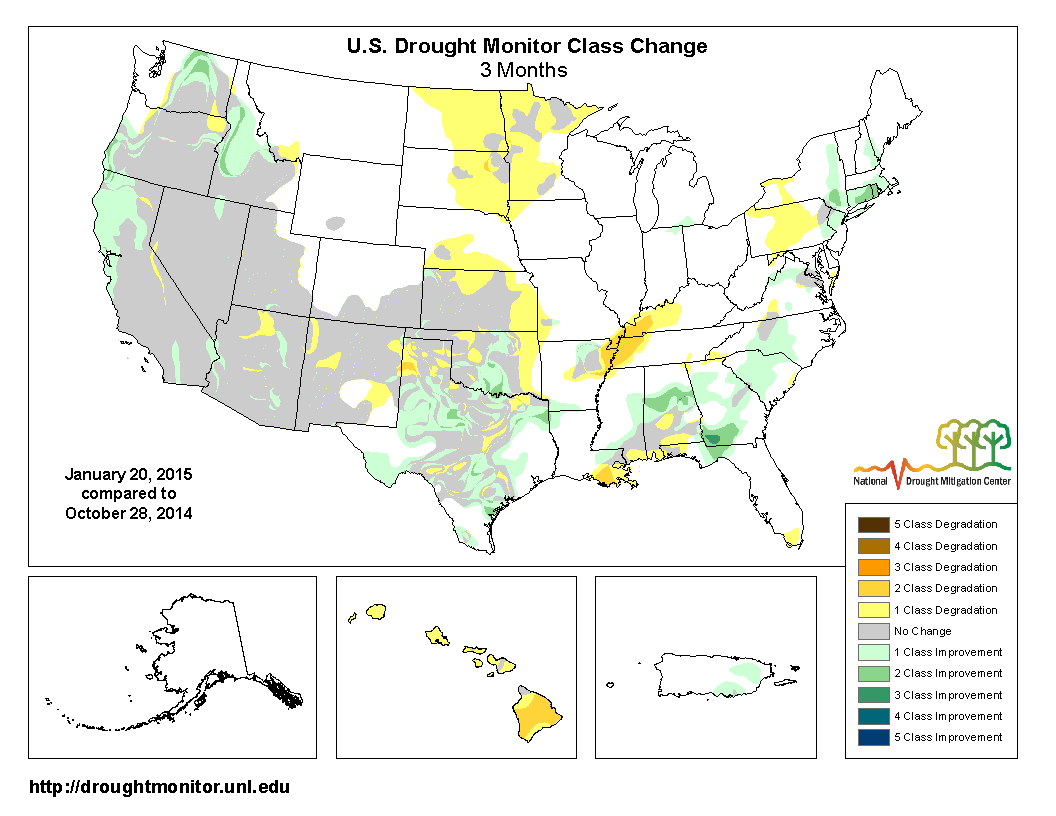
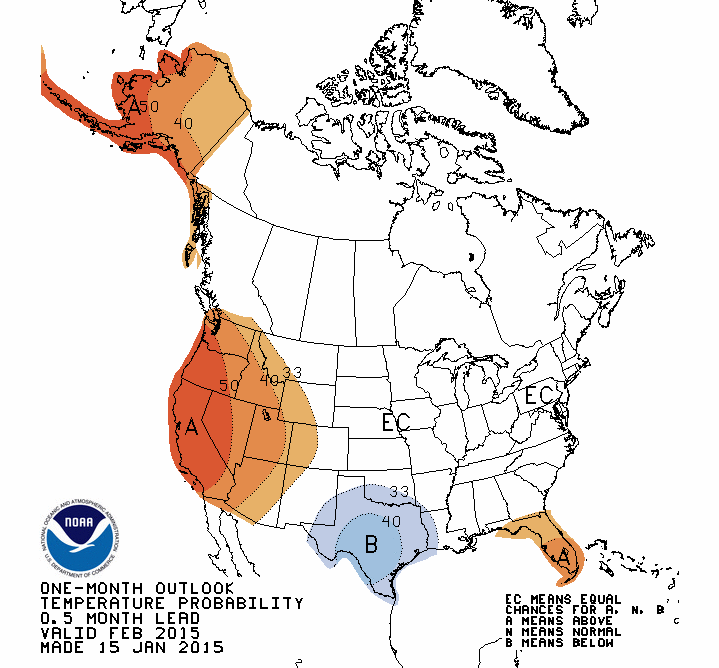
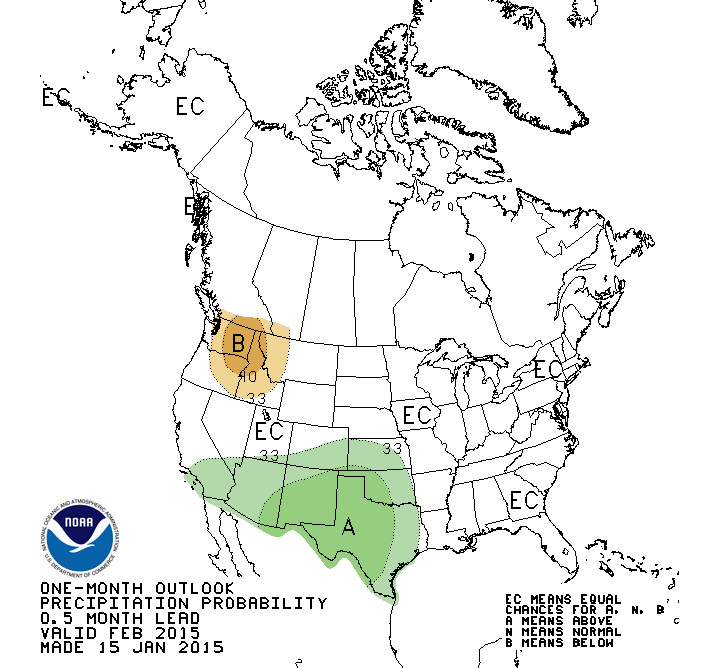
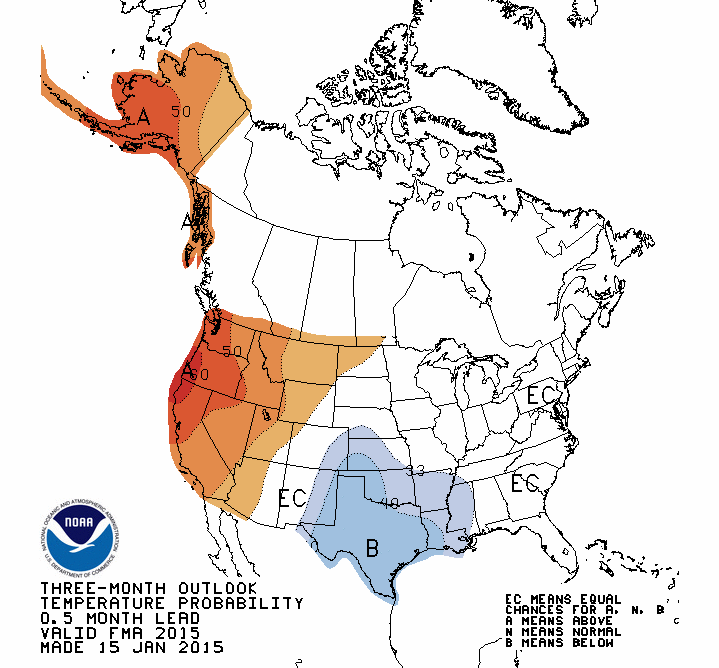
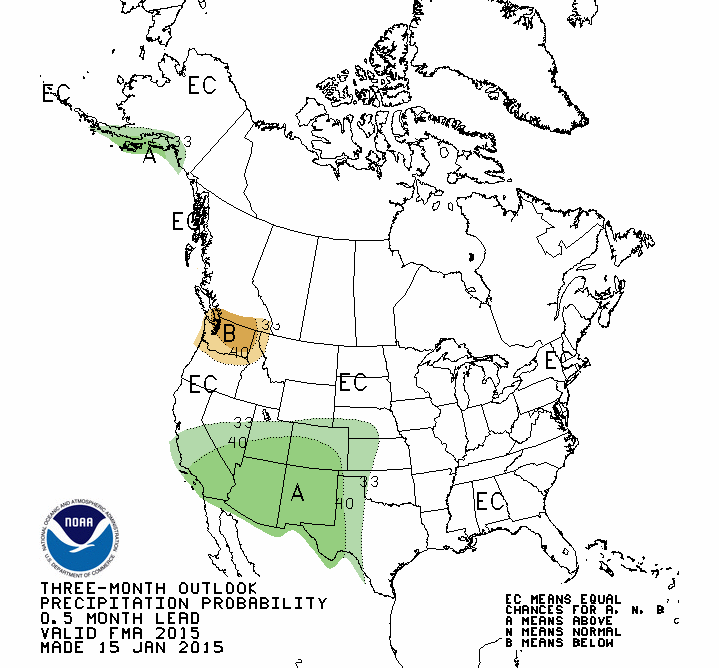
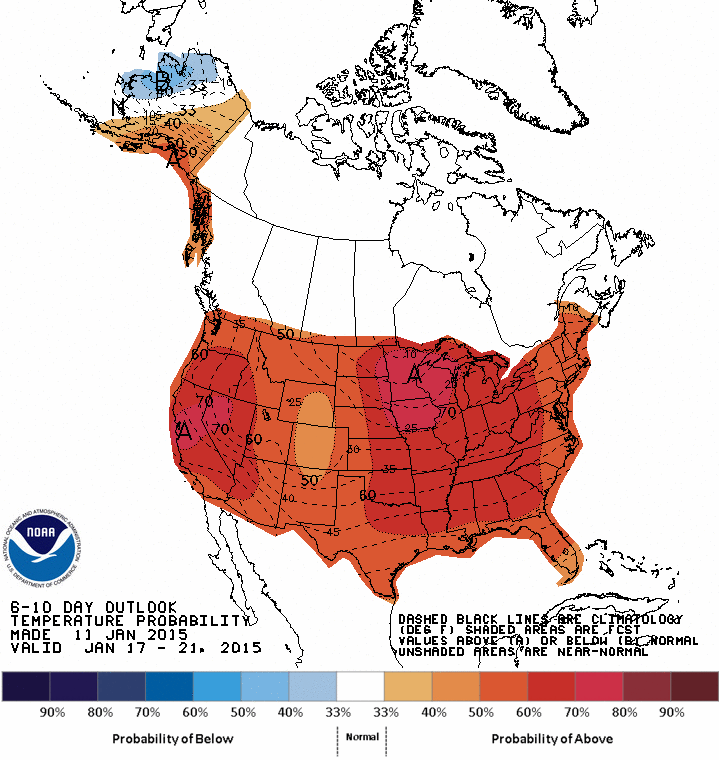
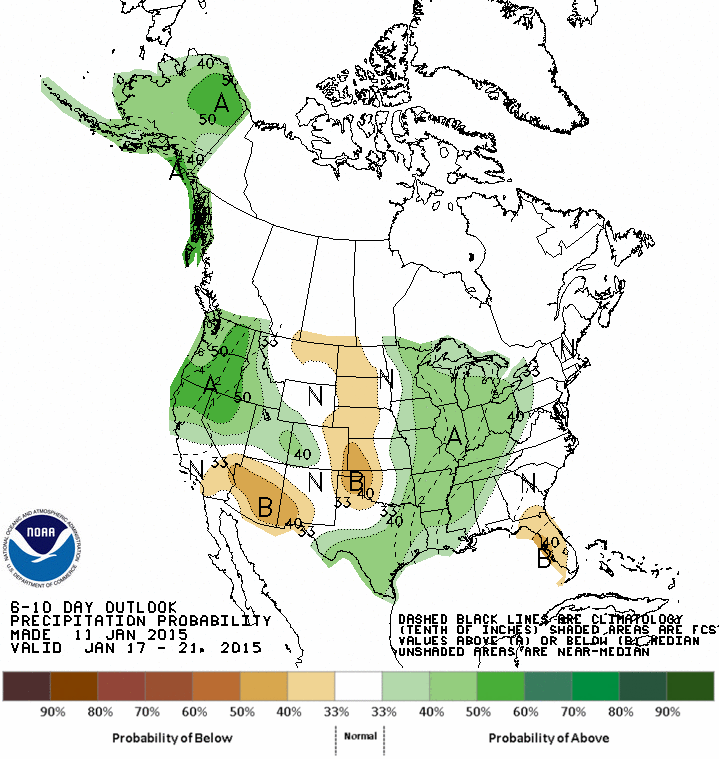
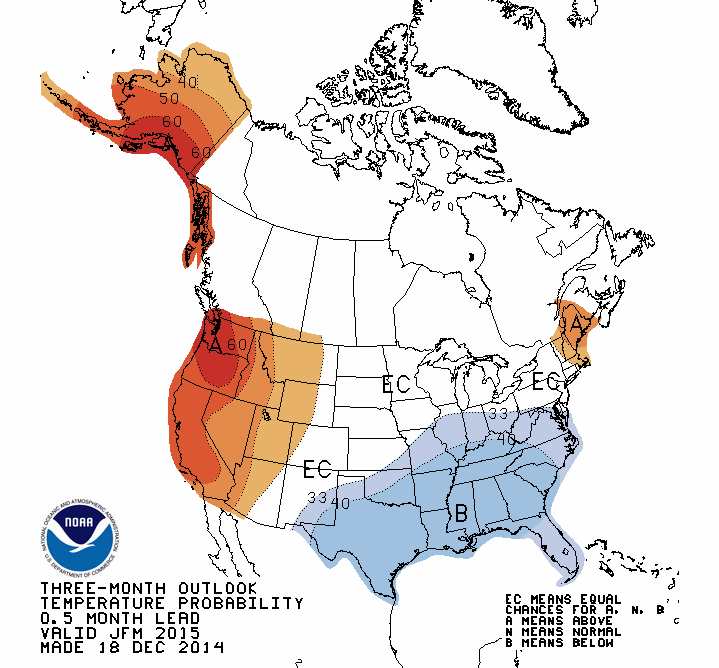
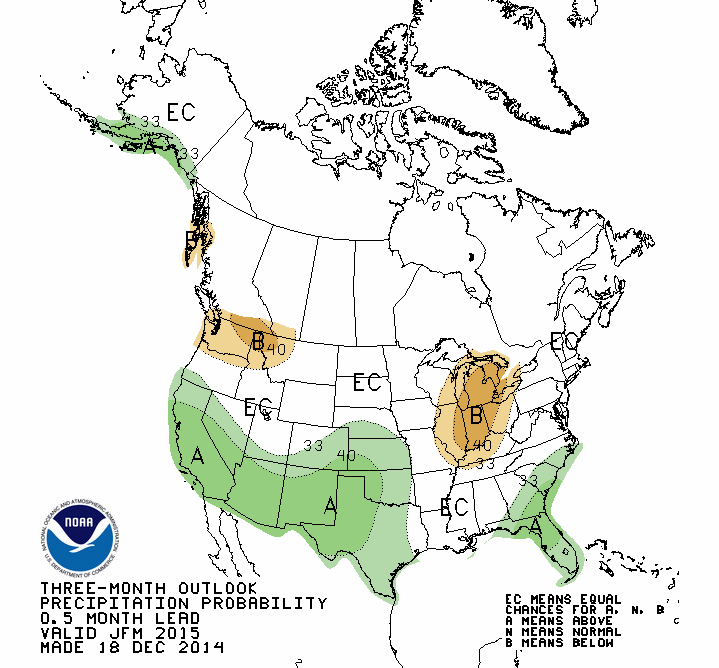
 RSS Feed
RSS Feed
